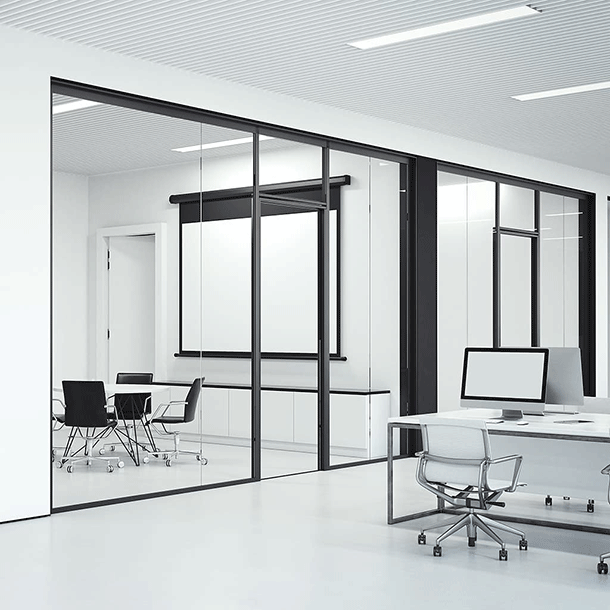Just like 70% of today’s organizations, you implemented your open office space to encourage team innovation, creativity and collaboration. Like many others, you believed in the fact that open office could emulate the bubbling, energetic work environment so many workers crave for, all while providing practical cost savings further down the line. Now, do you feel open office delivered on its promises? Have its benefits translated to higher levels of job satisfaction, productivity or engagement? On the other hand, are you observing a rise in concerns related to privacy or the ability to focus on work activities without being disturbed?
A recent Oxford Economics study noted that office workers desire “the ability to focus and work without interruptions” above anything else. More importantly, the study also found that workplace distractions in open plan setups negatively affected employee morale and productivity. What does that mean to you?
Noise Is a Productivity Killer in the Open Workplace
It comes as no surprise that noise is most often singled out as the most disturbing factor of indoor environment in open offices. Several independent studies have shown that noise, especially speech, reduces task performance of cognitively demanding tasks. In fact, it has even been suggested that poor task performance significantly correlates with increasing speech intelligibility. With that in mind, the most effective room acoustic design of open offices should aim primarily at reducing speech intelligibility between workstations. This can mainly be achieved via three factors:
- Increasing room absorption
- Increasing screen height
- Increasing masking sound level
The Concept of Sound Masking
In any given open office environment, one of the key challenges is achieving acceptable speech privacy between neighboring workstations. Enters the concept of sound masking. Effective sound masking is about capturing the stable background noise of the office and rise it just enough to make nearby speech less intelligible without creating a new source of distraction for employees. Simply put, sound masking is about fighting noise with noise – smarter, more controllable noise that is. Sound masking is meant to succeed where most conventional soundproofing methods fail, in ensuring greater speech privacy, productivity and comfort in today’s office spaces – at the lowest possible cost and with negligible impact on the overall aesthetic.



